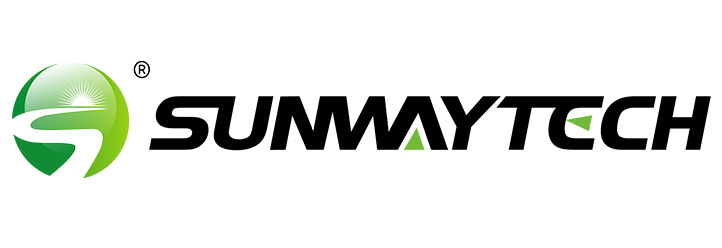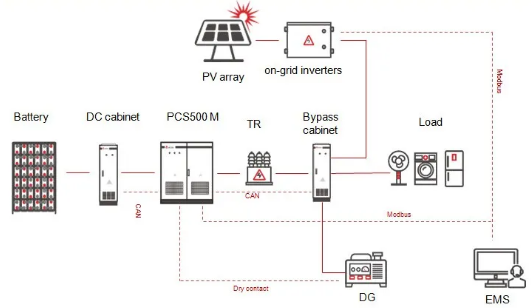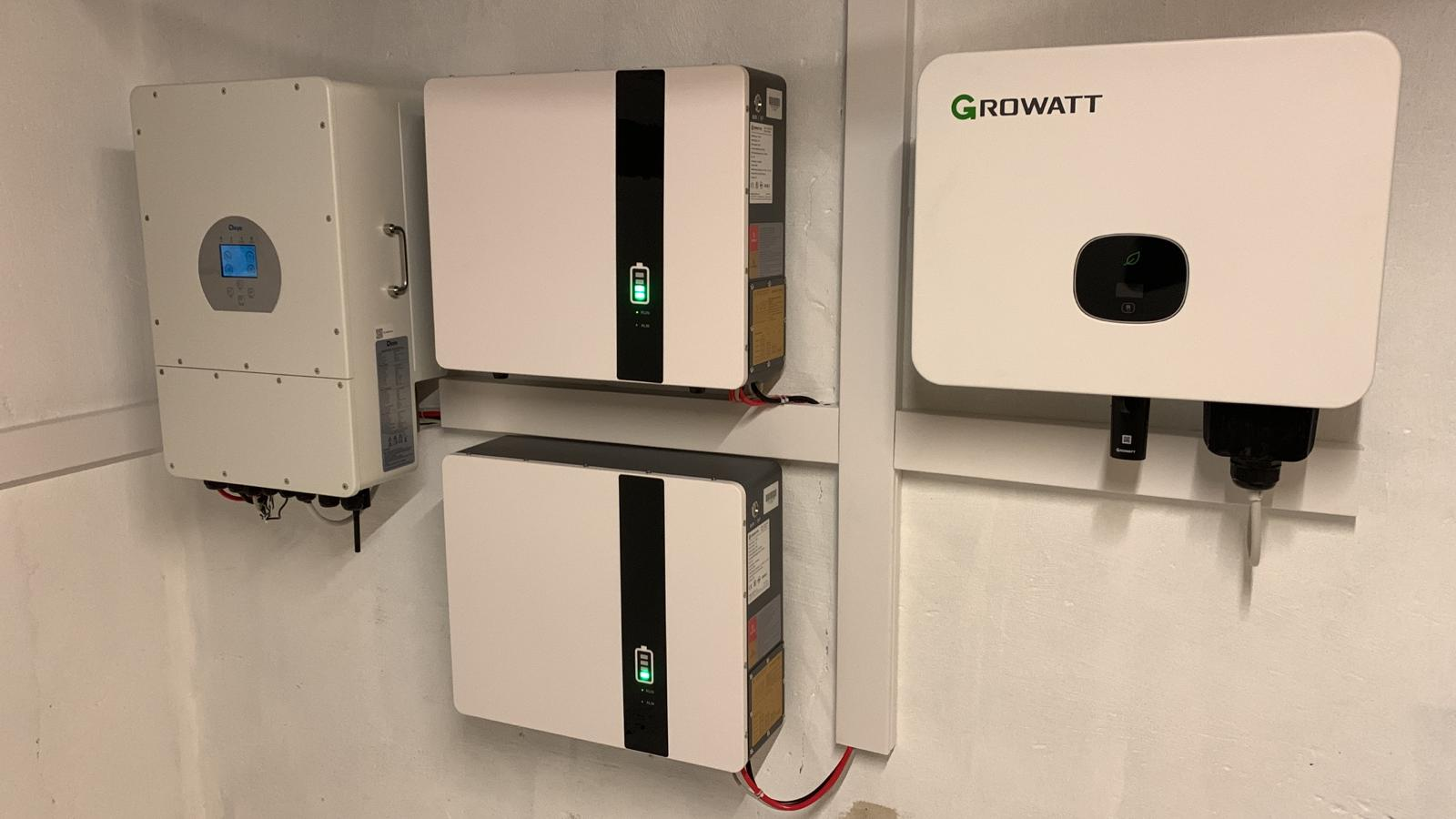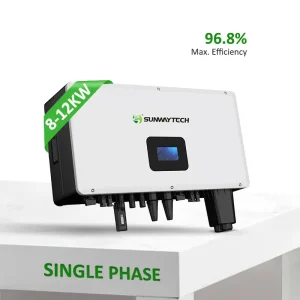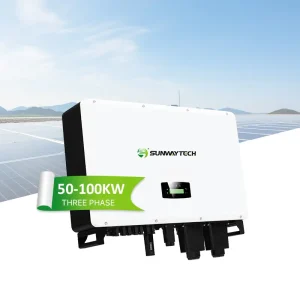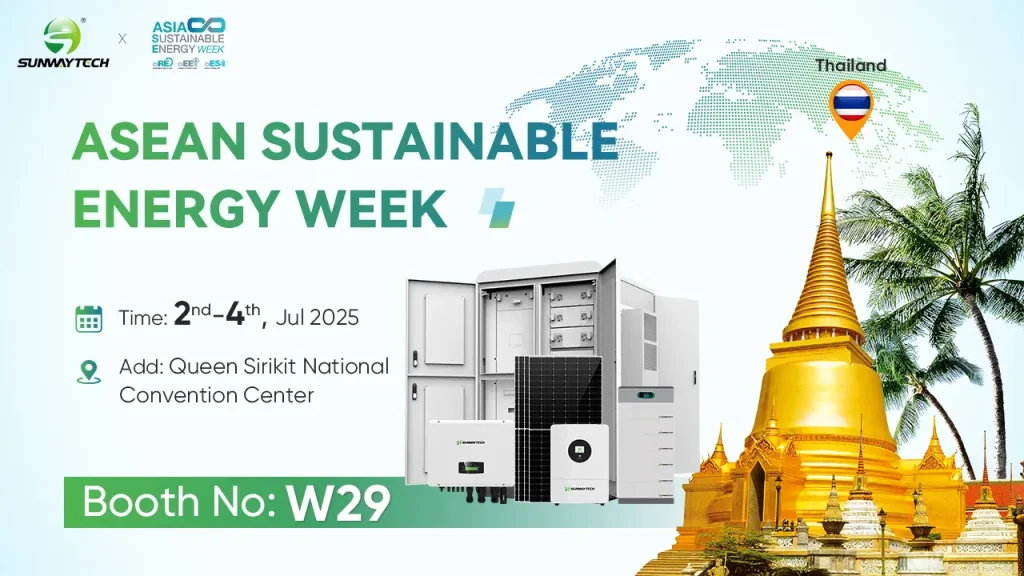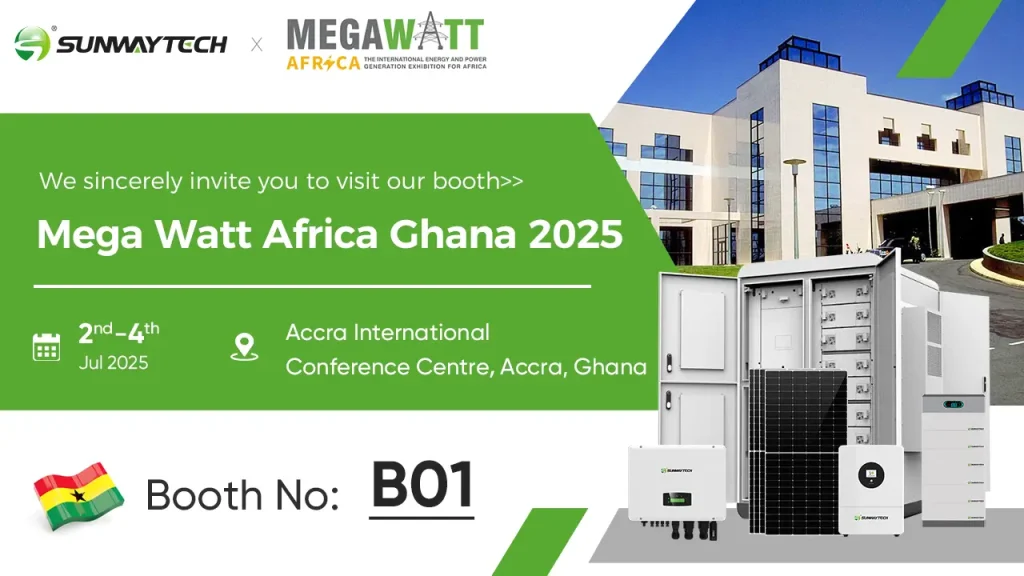Table of Contents
ToggleEnergy storage converter
An energy storage converter, also known as a bidirectional energy storage inverter, English name PCS (Power Conversion System), is used in AC coupling energy storage systems such as grid-connected energy storage and microgrid energy storage to connect the battery pack and the grid (or load), it is a device that realizes two-way conversion of electrical energy. It can invert the DC power of the battery into AC power and transmit it to the power grid or use it for AC loads; it can also rectify the AC power of the power grid into DC power to charge the battery.
Energy storage converter (PCS) consists of power, control, protection, monitoring and other software and hardware components. Divide it into single-phase and three-phase. Single-phase PCS usually consists of a bidirectional DC-DC step-up and step-down device and a DC/AC AC-DC conversion device. The DC end is usually 48Vdc and the AC end is 220Vac. There are two types of three-phase PCS. The low-power three-phase PCS consists of a bidirectional DC-DC step-up and step-down device alongside a two-stage DC/AC conversion device. Conversely, the high-power three-phase PCS comprises a single-stage DC/AC conversion device. Energy storage converters categorize into three types: high-frequency isolation, power frequency isolation, and non-isolation.. Single-phase and three-phase PCS with low power below 20kW generally use high-frequency isolation. Those from 50kW to 250kW generally use power frequency isolation. , above 500kW generally adopt the non-isolated method.
Important technical parameters of energy storage converters: Due to different application scenarios, the functions and technical parameters of energy storage converters vary greatly.When selecting, it’s important to pay attention to system voltage, power factor, peak power, conversion efficiency, switching time, and other factors. The choice of these parameters significantly influences the function of the energy storage system.
System voltage
It is the voltage of the battery pack and the input voltage of the energy storage converter. The system voltage of energy storage inverters of different technologies varies greatly. The energy storage converter with a single-phase two-stage structure is around 50V, and the energy storage converter with a three-phase two-stage structure is between 150V-550V. The three-phase energy storage converter with a power frequency isolation transformer is between 500V-800V, and the three-phase energy storage converter without a power frequency isolation transformer is between 600V-900V.
Power factor
When the energy storage inverter is operating normally, the power factor should be greater than 0.99. When the system participates in power factor adjustment, the power factor range should be as wide as possible.
switching time
There are two switching times for energy storage inverters. One is charging and discharging switching. Large energy storage countercurrent should be able to quickly switch operating states. The requirement typically mandates maintaining a grid-connected charging state and a grid-connected discharge state, each at 90% rated power. The switching time for the former must not exceed 200ms, while for the latter, it must not exceed 100ms during transitions between grid-connected and off-grid modes.
Energy storage converters mainly have two working modes: grid-connected and off-grid. Grid-connected mode realizes two-way energy conversion between the battery pack and the grid. It has the characteristics of a grid-connected inverter, such as anti-islanding, automatic tracking of grid voltage phase and frequency, low voltage ride-through, etc. According to the requirements of grid dispatching or local control, PCS converts the AC power of the grid into DC power is used to charge the battery pack and has the function of battery charge and discharge management.
During the peak period of the grid load, it inverts the DC power from the battery pack into AC power and feeds it back to the public power grid. When the power quality is not good, it feeds the power grid to the power grid. Or absorb active power, provide reactive power compensation, etc. Off-grid mode, also known as isolated grid operation, means that the energy conversion system (PCS) can disconnect from the main grid according to actual needs and meet the set requirements, and provide local partial loads with AC that meet the power quality requirements of the grid. electrical energy.
Summarize
In a microgrid system composed of multiple energy sources, energy storage converters are the core equipment. Because renewable energy sources such as photovoltaic and wind power are volatile, and the load is also volatile, fuel generators can only generate electrical energy but cannot Absorb electrical energy. If there are only photovoltaic, wind and fuel generators in the system, the system operation may be unbalanced. When the power of the renewable energy is greater than the load power, the system may fail. Therefore, it is difficult for the photovoltaic grid-connected inverter to be combined with the fuel generator. The grid operates, and the energy storage converter can absorb energy and emit energy, and has a fast reaction speed, playing a balancing role in the system.
?????? ?? ?? ?????? ???? ???????????!
